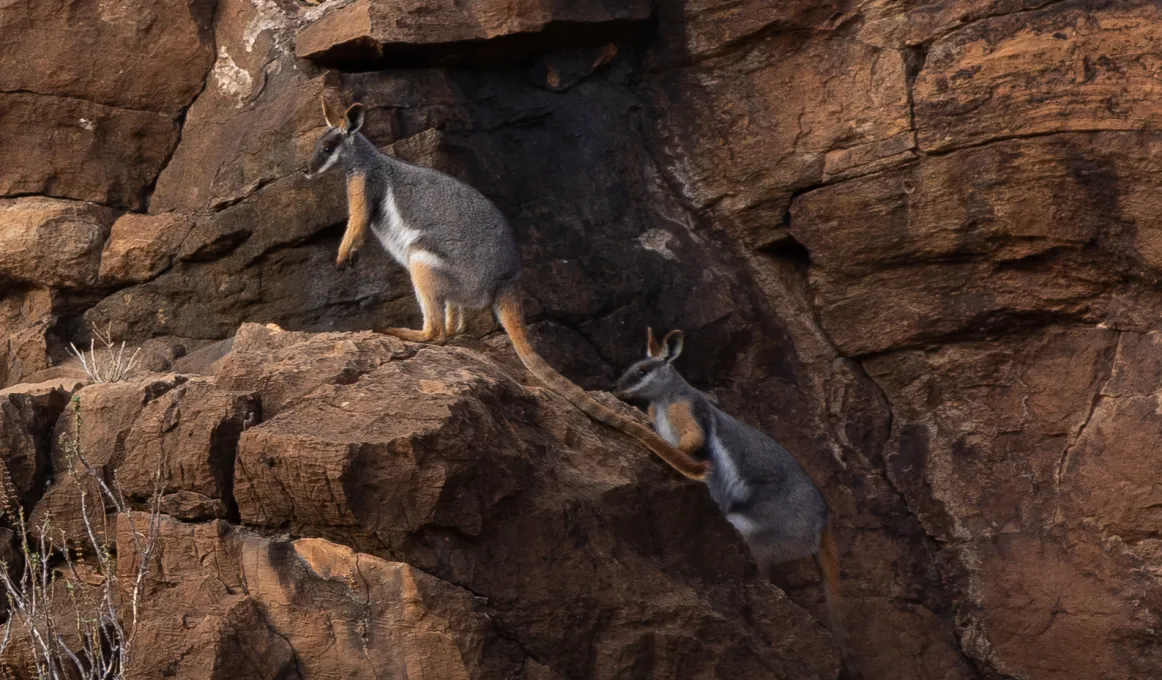Rangers supporting tourism in the Nantawarrina Indigenous Protected Area

Find out what’s in store for tourists visiting Australia’s first Indigenous Protected Area, Nantawarrina.
Australia’s first Indigenous Protected Area (IPA), Nantawarrina, contains significant geographical features, is a haven for wildlife and plants, and highlights the importance of protecting the environment.
Indigenous rangers from the remote community of Nepabunna in the Northern Flinders Ranges of South Australia manage the area.
They play an important role in creating tourism opportunities and maintaining services within the area. Tourism can be an important source of revenue for remote Aboriginal and Torres Strait Islander communities.
The Nantawarrina IPA comprises more than 58,000 hectares of Adnyamathanha* (ad-nya-mut-na) land and is made up of rugged hills and plains covered with eucalypts and the vinba** (Northern Cypress Pine).
A visitor to Nantawarrina can expect to see the urdlu (Western Grey Kangaroo), warratyi (Emu), wildu (Wedge-tailed Eagle) and andu (Yellow-footed Rock-wallaby).
After rain, the narapana (Sturt Desert Pea), humuru (Bush Tomato) and iga (Native Orange) are commonly seen.
The IPA rangers maintain tourist drawcards including the Irish Well Hut, Big Moro Gorge and the Angus Hut Well.
These sites are equipped for visitors with toilets at the Plaque (main) campground, BBQ plates and shelters at Plaque campground and Big Moro Gorge, and a free emergency phone connection at Plaque campground.
Next time you are in the Flinders Ranges, drop in to the Nepabunna visitors centre, browse the displays, then head on into the IPA. You won’t be disappointed and you’ll be welcomed by the rangers.
* Adnya means “rock” and matha means “group” or “group of people”.
**Traditional names of flora and fauna are in the Adnyamathanha language.
Watch our video here, or see it on YouTube.
Find out more
More information can be found at The Real Flinders. And read how Nantawarrina became Australia’s first IPA.